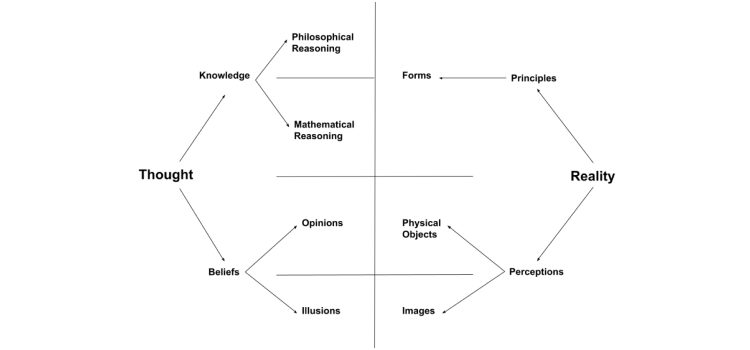Are your choices truly your own? Does science prove that free will is just an illusion? In his book Determined, Robert Sapolsky explores various theories of free will and presents compelling counterarguments. He addresses four scientific perspectives on free will, including compatibilism, chaoticism, emergent complexity, and quantum indeterminacy. Prepare to challenge your beliefs about decision-making and human behavior as we examine these thought-provoking theories.
4 Theories of Free Will Based on Science (+ Counterarguments)










